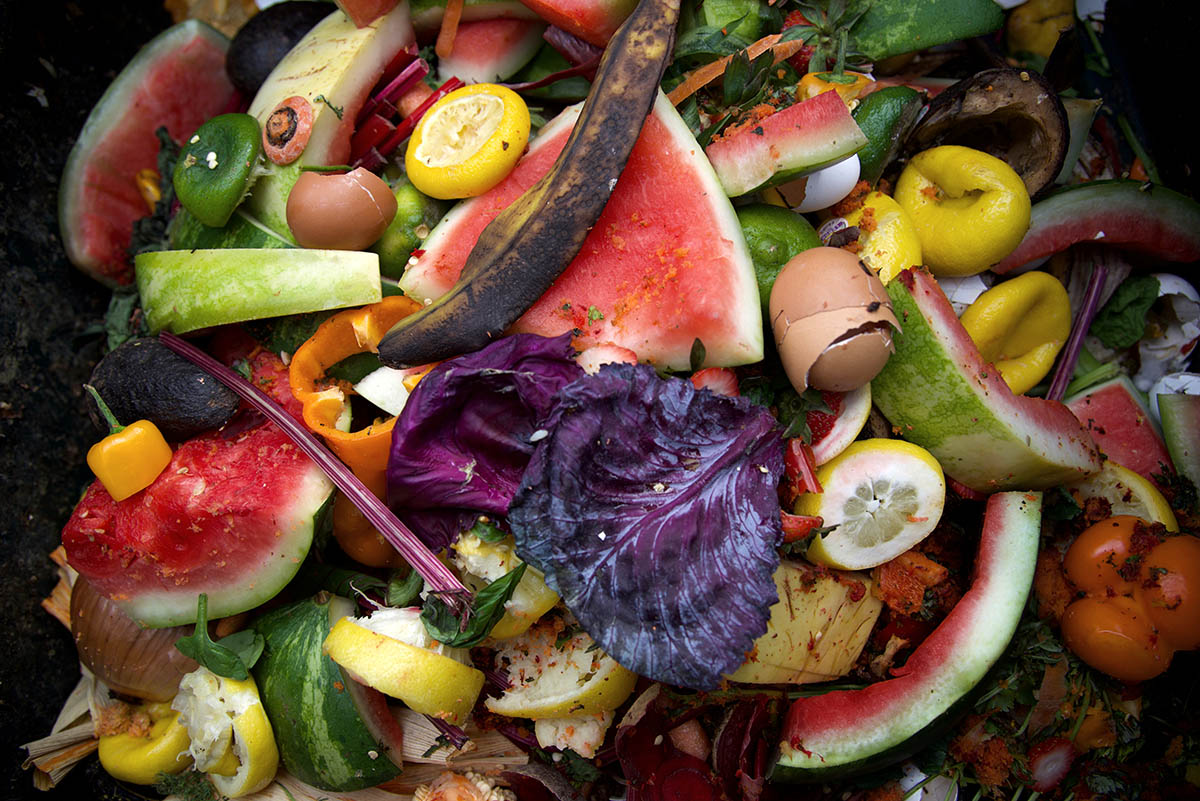

The National Organics Recovery Strategy has four goals: prevent food loss, prevent food waste, increase organics recycling rates, and support policies centered around these three goals. | Jesse David Falls/Shutterstock
Federal agencies this month released a National Organics Recovery Strategy with specific actions and designated grant funding to move the country toward its existing goal of reducing food loss and waste by 50% by 2030.
The document, a joint effort by the U.S. Environmental Protection Agency, the Department of Agriculture, and the Food and Drug Administration, outlines specific steps the federal government can take to meet the 2030 goals first set in 2015.
“Each year, the majority of food produced in the United States ends up in landfills instead of on our table,” EPA Administrator Michael Regan said in a statement. “This hurts our economy by raising food prices and fueling climate pollution.”
Regan added that the national strategy “sets out a comprehensive set of actions the Biden-Harris Administration will take to reduce waste and protect the environment while improving food security and saving families and businesses money.”
The plan has four goals: preventing food loss, preventing food waste, increasing organics recycling rates, and supporting policies that advance these three objectives.
The strategy identifies a wide range of actions to achieve these goals, including preventing food waste by having the agency encourage retailers to accept partial orders (i.e., if an item in a food order doesn't meet specifications, only part of the order is rejected, rather than the entire order) and for the FDA to provide the industry with “clear routes to market for innovative packaging products” that can preserve freshness for longer.
Efforts to prevent food waste include equally diverse efforts, such as awareness-raising and education, supporting the private sector in standardizing “best before” labeling on food packaging, strengthening food donation programs, and researching the main drivers of food waste.
The Organics Strategy is aligned with the associated National Recycling Strategy, which was finalised in 2021.
The National Compost Council applauded the release of the strategy, calling it a “much-needed, comprehensive plan that addresses the key needs of composters.” In particular, the council praised the inclusion of several grant funding allocations.
As part of the goal of increasing organics recycling rates, the strategy calls for the EPA to award up to $275 million in grants through its Solid Waste Recycling Infrastructure Grant Program for projects that may involve organics recycling infrastructure. This is especially important, USCC noted, because the group estimates that 300 to 500 new food waste composting facilities are needed nationwide to significantly increase organics recycling.
Other grant funding is available for compost program planning, education and outreach, technical assistance and more.
“The development of additional organics recycling infrastructure is essential to meet national recycling targets and ensure that all communities can participate and share in the benefits of organic waste recycling,” the strategy states, adding that its actions will support both “centralized” and “decentralized” organic recycling operations – that is, both industrial-scale and farm/community-scale.



